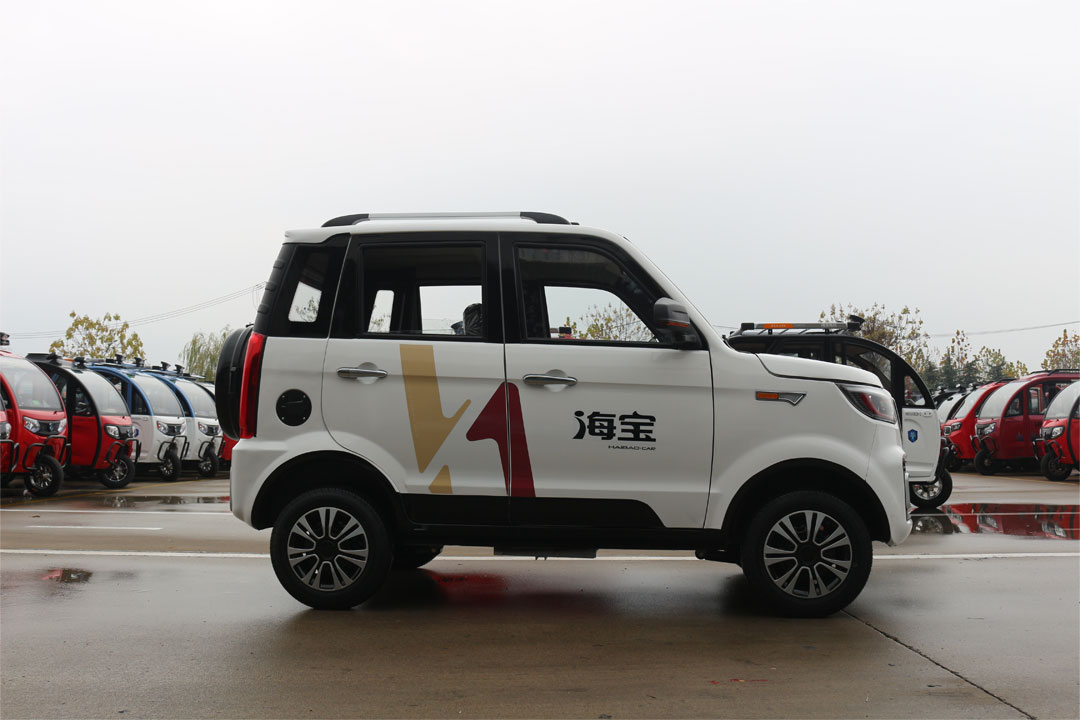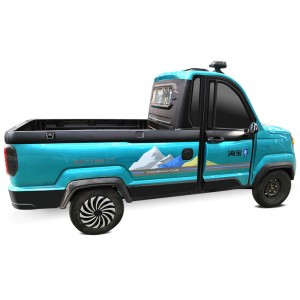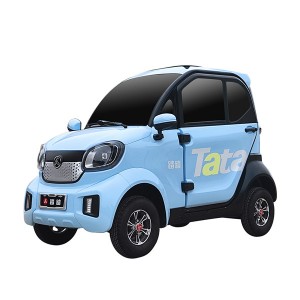With the rise of environmental awareness and the threat of energy crises, low-speed electric vehicles (LSEVs) have gradually become the focus of attention. This small, low-speed, green mode of transportation not only offers convenient urban travel but also environmentally friendly features, thus garnering a certain degree of popularity. However, who constitutes the primary consumer base for low-speed electric vehicles, and what are their purchasing motivations?
Firstly, the consumer base for low-speed electric vehicles includes a portion of urban residents. With the widespread promotion of environmental awareness, more and more people are beginning to value reducing carbon emissions, and the emergence of LSEVs provides them with a more environmentally friendly mode of transportation. Especially in large cities where traffic congestion and air pollution are increasingly severe, the compact and flexible nature of LSEVs makes them an ideal choice for commuting.
Secondly, the consumer base for LSEVs also includes a portion of the population with relatively limited economic conditions. Compared to traditional automobiles, low-speed electric vehicles are more affordable in price and have lower maintenance costs, making them more favored by those with lower incomes. Particularly in some rural areas or developing countries, LSEVs have become one of the primary choices for people's travel due to their affordability and ease of maintenance, thus having a vast market in these regions.
Additionally, there is a segment of consumers who choose LSEVs for their unique appearance and personalized design. With the advancement of society and the increasing demand for personalization, people have higher expectations for the exterior design of transportation vehicles. As an emerging mode of transportation, LSEVs often feature unique and trendy designs, thus attracting consumers who seek individuality.
However, despite the various advantages of low-speed electric vehicles in attracting consumers, they also face some challenges. Firstly, their limited driving speed restricts them from meeting the needs of long-distance travel, which to a certain extent limits the expansion of their market. Secondly, the insufficient charging facilities and limited range of travel raise doubts among some consumers about the practicality of LSEVs. Additionally, some regions have relatively lagging management and regulations regarding LSEVs, posing certain safety risks and legal uncertainties.
In conclusion, the consumer base for low-speed electric vehicles mainly includes people who prioritize environmental protection, have limited economic conditions, and pursue individuality. Although LSEVs have certain advantages in addressing urban traffic issues and energy conservation, further expansion of their market requires overcoming various challenges and enhancing their performance and practicality to meet the diverse needs of consumers. CYCLEMIX is the leading alliance brand of electric vehicles in China, covering a variety of different low-speed electric vehicle products to meet the needs of different customers.
- Previous: Trends in Global Consumption and Purchase of Electric Tricycles
- Next: The New Era of Innovation Artificial Intelligence Technology and Electric Motorcycles
Post time: Feb-24-2024






